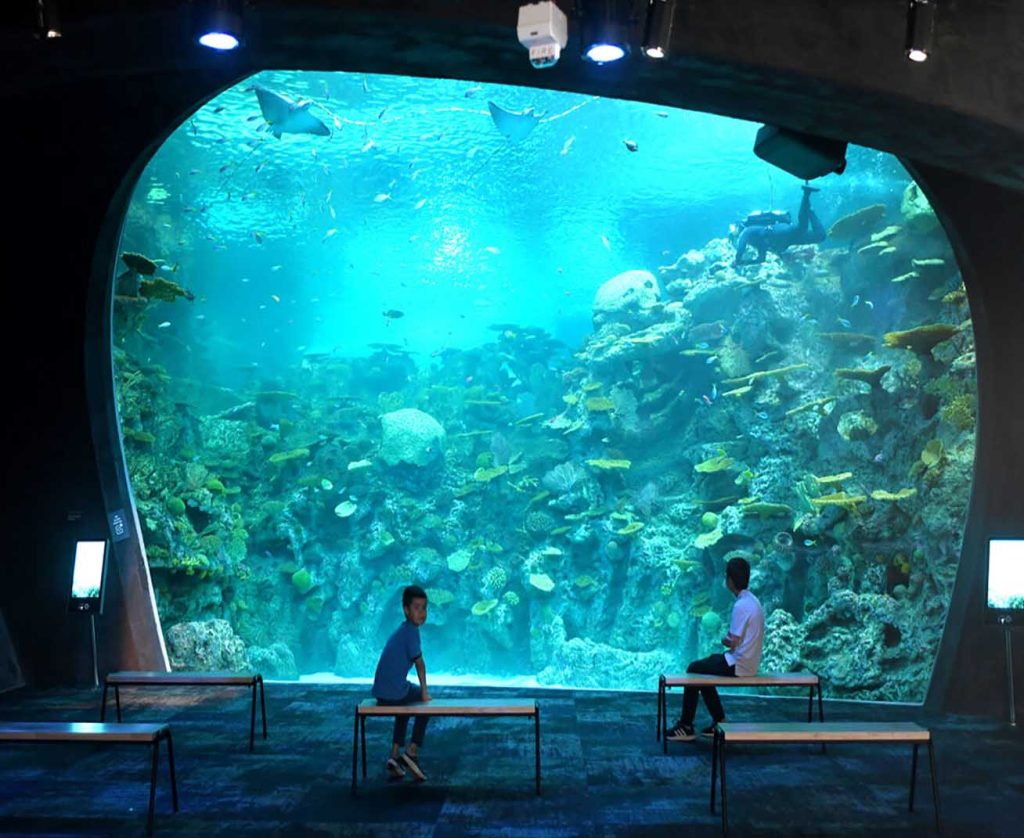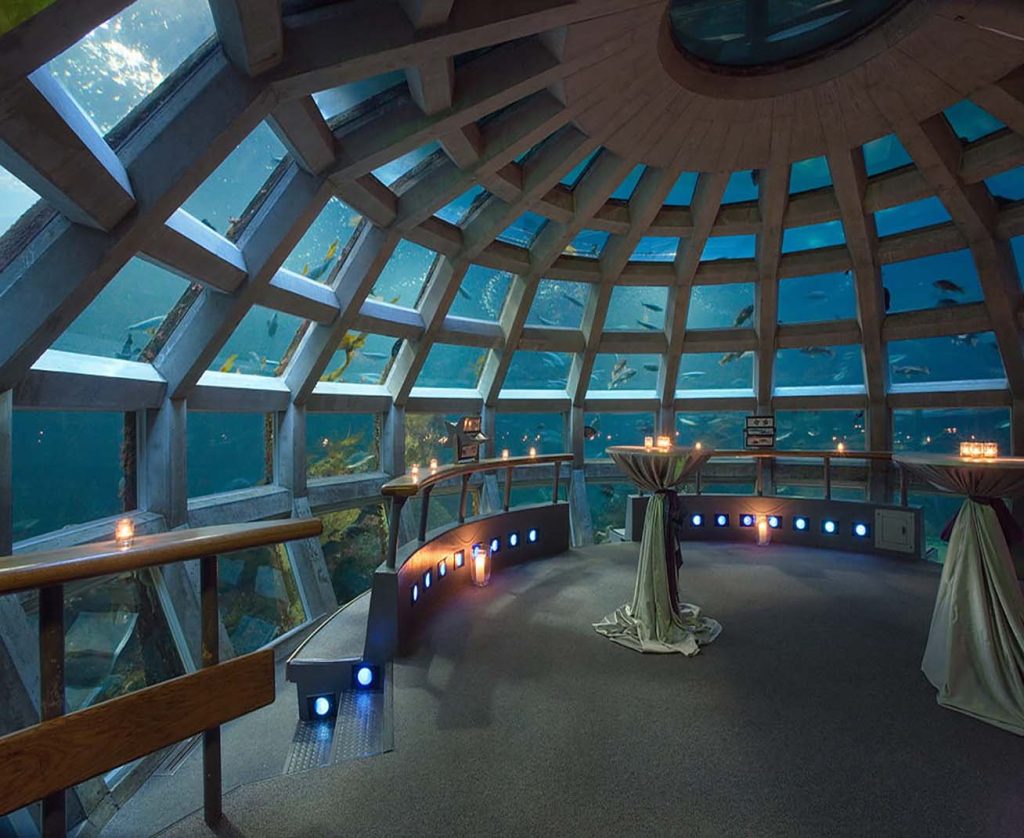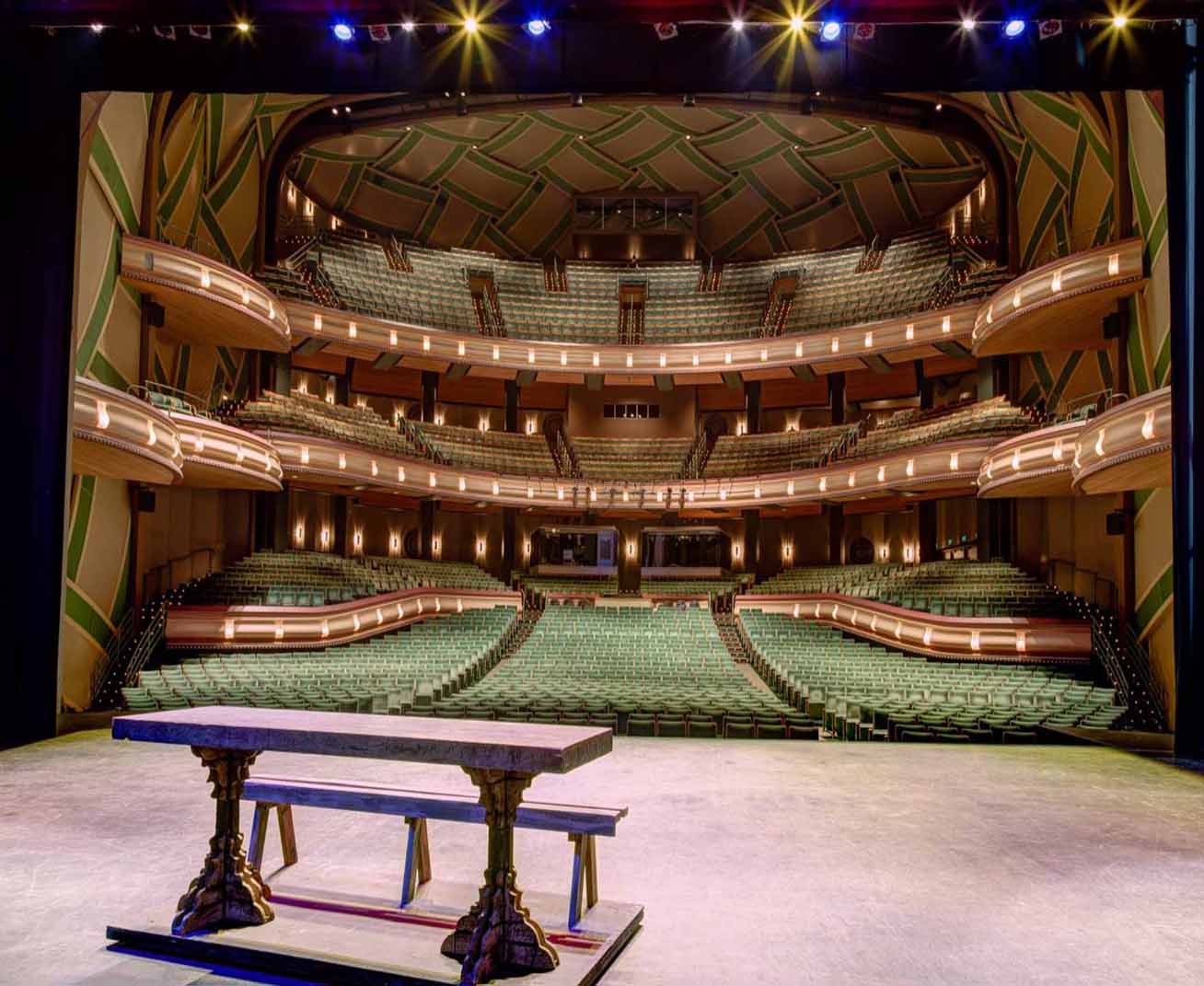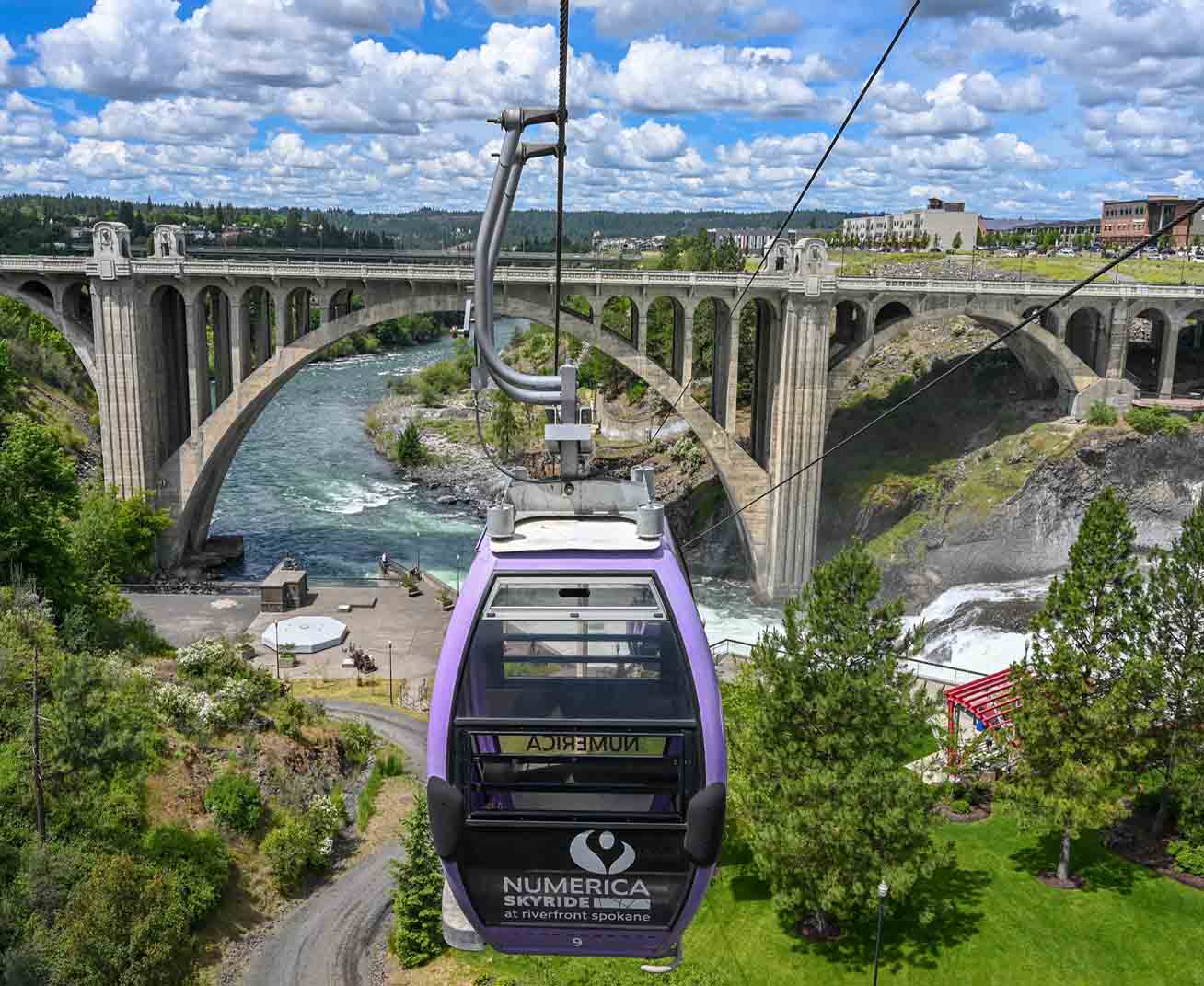Seattle is a city that always feels alive to me, but there’s something even more magical about experiencing it through the eyes of a child. On my recent trip, I decided to dedicate an entire day to a parent-child adventure at the Seattle Aquarium, located right along the Elliott Bay waterfront. For years I had walked past Pier 59, where the aquarium is housed, hearing laughter spill out from its doors and catching glimpses of families excitedly pointing at the water. This time, I wanted to dive in fully—not just as an adult traveler, but as someone ready to rediscover wonder with a childlike gaze.
The day turned into far more than I expected: colorful fish swirling like paintings come alive, playful otters floating belly-up, and little hands pressed against thick glass with squeals of delight. And when we stepped back outside, the Seattle waterfront opened up like an amusement park of possibilities, full of rides, markets, and food stalls.
Let me walk you through every corner of this journey—the aquarium itself, the nearby attractions, the practical details of costs and bookings, and the hidden tips I learned along the way.
The Seattle Aquarium: Heart of the Waterfront
Location
The Seattle Aquarium sits at 1483 Alaskan Way, Pier 59, right on the waterfront. It’s impossible to miss if you’re walking along the piers. The salty air mixes with the smell of popcorn from nearby food vendors, and the building itself feels welcoming, with bright signage and large glass doors that make kids instantly tug at their parents to go inside.
What Awaits Inside
The aquarium is designed with families in mind. Everything is accessible, from stroller-friendly ramps to kid-height exhibits. What I love most is how interactive it feels—you don’t just look at fish, you engage with them through touch pools, feedings, and diver presentations.
As soon as we walked in, the Window on Washington Waters greeted us: a massive 120,000-gallon exhibit filled with native Pacific Northwest fish. A diver was already inside, waving at kids pressed against the glass, while a staff member explained over a microphone how kelp forests work. My child waved back enthusiastically, convinced the diver was “talking just to us.”
Highlights of the Aquarium
Touch Pools
One of the first stops we made was at the touch tanks, shallow pools where kids can gently touch sea stars, sea cucumbers, and anemones. The water was cool and clear, and the lighting made the creatures look almost jewel-like. My child dipped tiny fingers into the water, squealing with delight when an anemone’s tentacles curled gently around them as if shaking hands. I remember leaning in close, watching the tiny movements of the sea stars, their arms stretching slowly but purposefully. The staff here were incredibly patient, kneeling down to children’s level, explaining the textures, habits, and importance of these small sea animals in a way that even the youngest could understand. What could have been a quick glance became a long pause of discovery, with my child asking endless questions and me enjoying the rare chance to slow down and simply watch. It felt both safe and magical, like being allowed to peek into an underwater world that usually stays hidden.
River Otters and Sea Otters
The otters completely stole the show for us. We stood at the glass for ages, watching the sea otters float on their backs, cracking clams on their chests, spinning lazily as if they were showing off. The river otters were far more energetic, darting through the water with bursts of speed, chasing each other in playful circles. My child pressed close to the glass, bursting into laughter every time the otters zipped by, their whiskers twitching and tiny paws paddling furiously. What amazed me was how social they seemed—not just with each other, but with us on the outside. They’d pause, peer through the glass, and then dart away again as if inviting us to join their game. We ended up returning later in the day just to watch them again, and somehow, the joy hadn’t diminished at all.

Pacific Coral Reef
In another wing, the coral reef exhibit stopped us in our tracks. Large tanks glowed like living rainbows, filled with tropical fish and neon-colored corals that shimmered under the light. It felt like stepping into another world, vibrant and full of motion. Schools of tiny fish darted like silver arrows, while larger ones glided gracefully through the currents. My child pressed their nose to the glass, pointing out “Nemo” and “Dory,” thrilled to spot familiar faces, while I stood captivated by the delicate patterns of the coral and the impossibly bright hues of the fish. It was art and science in motion, reminding me how diverse and fragile these ecosystems truly are.
Birds and Marine Mammals
The seabird exhibit was an unexpected surprise. Inside, puffins and auklets soared above us, occasionally plunging into the water with perfect dives. Watching them swim underwater, wings flapping like penguins, was fascinating—it was like seeing two different animals in one body. The rocky habitat recreated the feeling of Washington’s outer coast, complete with sea-spray smells and the sound of waves crashing. My child pointed at the puffins, laughing as they shook their heads and sent droplets flying. For a moment, it felt like we had been transported to a wild shoreline, far away from the city.
Educational Programs
Every hour, the aquarium offered something new: diver talks, live feeding sessions, or interactive lessons. These weren’t dry lectures—they were lively, full of props, jokes, and energy. We watched a diver sink gracefully into a massive tank, waving at kids through the glass while a staff member narrated what the diver was doing and which fish were swimming nearby. Children shouted out questions, and each answer sparked more curiosity. It was clear the staff loved what they did, and their passion made learning contagious. By the end, even I found myself excitedly repeating new facts about jellyfish, kelp forests, and marine conservation. It wasn’t just entertainment; it was a genuine connection to the ocean, one that lingered with us long after we left.
Costs and Tickets
Ticket Prices
- Adults (13+): Around \$35
- Children (4–12): Around \$25
- Children under 3: Free
Where I Booked
I purchased tickets online through Expedia before arriving. It not only secured my spot but also saved me a couple of dollars compared to walk-up prices. Other platforms that work well include TripAdvisor (where you can read reviews before booking) and the official Seattle Aquarium website.
Tips for Booking
- Look for combo tickets. Expedia often bundles aquarium admission with other attractions like the Seattle Great Wheel or Argosy Cruises.
- Arrive early. Morning slots are less crowded, and you’ll have more time to linger at exhibits without feeling rushed.
- Check Groupon occasionally. I once found a seasonal discount for family passes there.

Surrounding Adventures: Family Fun by the Waterfront
Seattle Great Wheel
Just a short walk from the aquarium at 1301 Alaskan Way, Pier 57, the Seattle Great Wheel rises 175 feet over Elliott Bay. We decided to ride right after the aquarium, and the timing was perfect. From the top, the view stretched over the water, with ferries crisscrossing and the Olympic Mountains faint in the distance. My child squealed with joy every time the gondola swayed slightly. Tickets cost around \$16 for adults and \$11 for kids, and I pre-booked through TripAdvisor to skip the line.
Pike Place Market
A ten-minute stroll north brought us to the iconic Pike Place Market at 85 Pike Street. While famous for flying fish and flower stalls, for us it was all about the snacks: mini doughnuts dusted with sugar, freshly squeezed lemonade, and little bites from local vendors. Watching street performers play guitar while we snacked made the market feel alive in a way no guidebook could capture.
Miner’s Landing
Right next to the aquarium is Miner’s Landing at Pier 57, a family-friendly spot with arcade games, restaurants, and souvenir shops. My child begged to try the carousel, and we ended up laughing together as it spun under twinkling lights.
Argosy Cruises
Also close by is Argosy Cruises (1101 Alaskan Way, Pier 55), where you can board a one-hour harbor tour. Seeing Seattle from the water gave my child a new perspective—they pointed excitedly at the Space Needle rising in the distance. Tickets average around \$30 per adult, and I booked through Expedia with a bundle discount.
Practical Tips for Families
- Snacks and Breaks: Bring small snacks for kids. While food is available inside and nearby, a granola bar can save you during a sudden hunger meltdown.
- Parking: Parking on the waterfront can be tricky and pricey (around \$15–\$20 for a few hours). I often book parking in advance through SpotHero, which guarantees a spot.
- Strollers: The aquarium is stroller-friendly, but some areas get crowded. I brought a collapsible stroller that made navigating tight corners easier.
- Dining Nearby: We used OpenTable to book dinner at Elliott’s Oyster House right on the waterfront. They had a kids’ menu, and the timing worked perfectly after a long day of exploring.
Extending the Trip: Staying Overnight
Because a day at the aquarium and waterfront can be tiring, I decided to book a hotel nearby so we didn’t have to rush. Through Booking.com, I found a family suite at The Edgewater Hotel (2411 Alaskan Way). It’s the only over-water hotel in Seattle, and from our room, we could see ferries gliding by. Rates hovered around \$300 per night, but splitting costs with another family made it manageable. Platforms like Hotels.com often offer a free night after ten stays, which is worth using if you travel frequently.
Stretching the Experience with Smart Planning
Traveling with kids isn’t just about saving money—it’s about saving energy. That’s why I learned to bundle as much as possible: flights on Expedia, hotel on Booking.com, dinner reservations on OpenTable, and even grocery delivery through Instacart when staying in an Airbnb. These little planning tricks turned what could have been a stressful day into one that flowed naturally.
And while costs do add up—tickets, meals, souvenirs—the joy on my child’s face as they waved at sea otters or spotted jellyfish glowing in the dark was priceless. Seattle revealed itself not as just another city but as a playground of discovery, especially when experienced hand-in-hand with a child.



